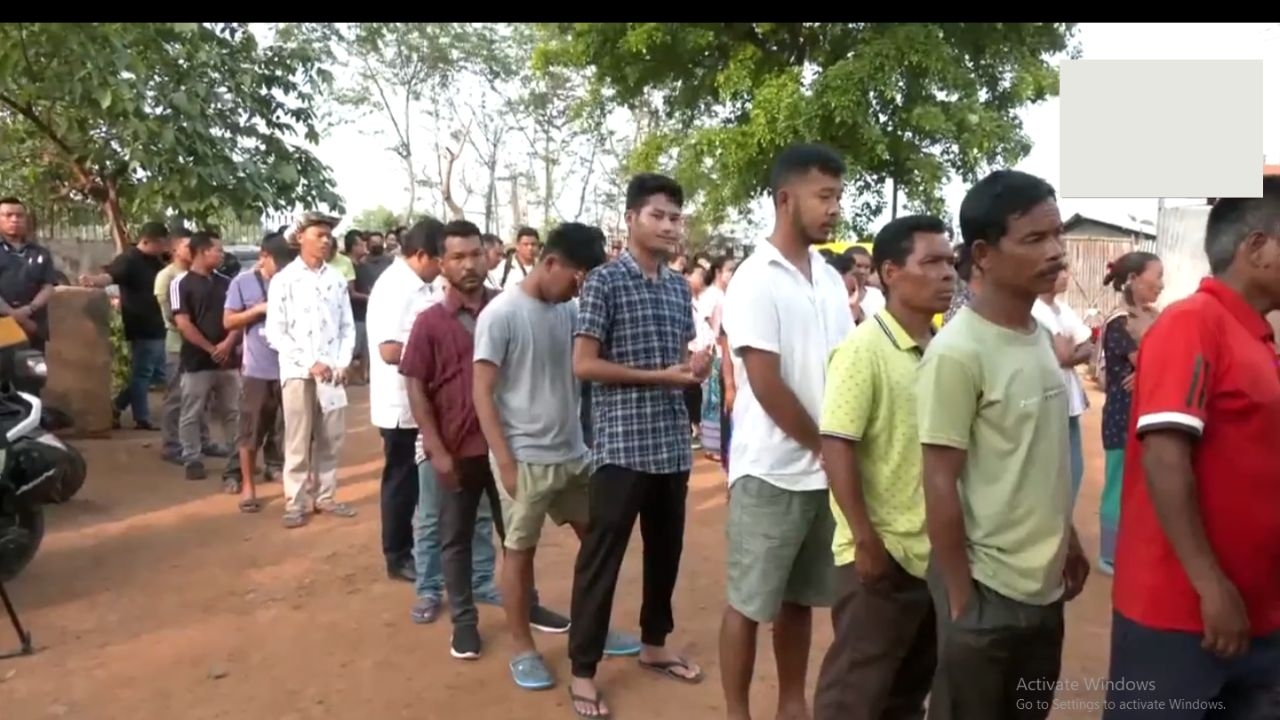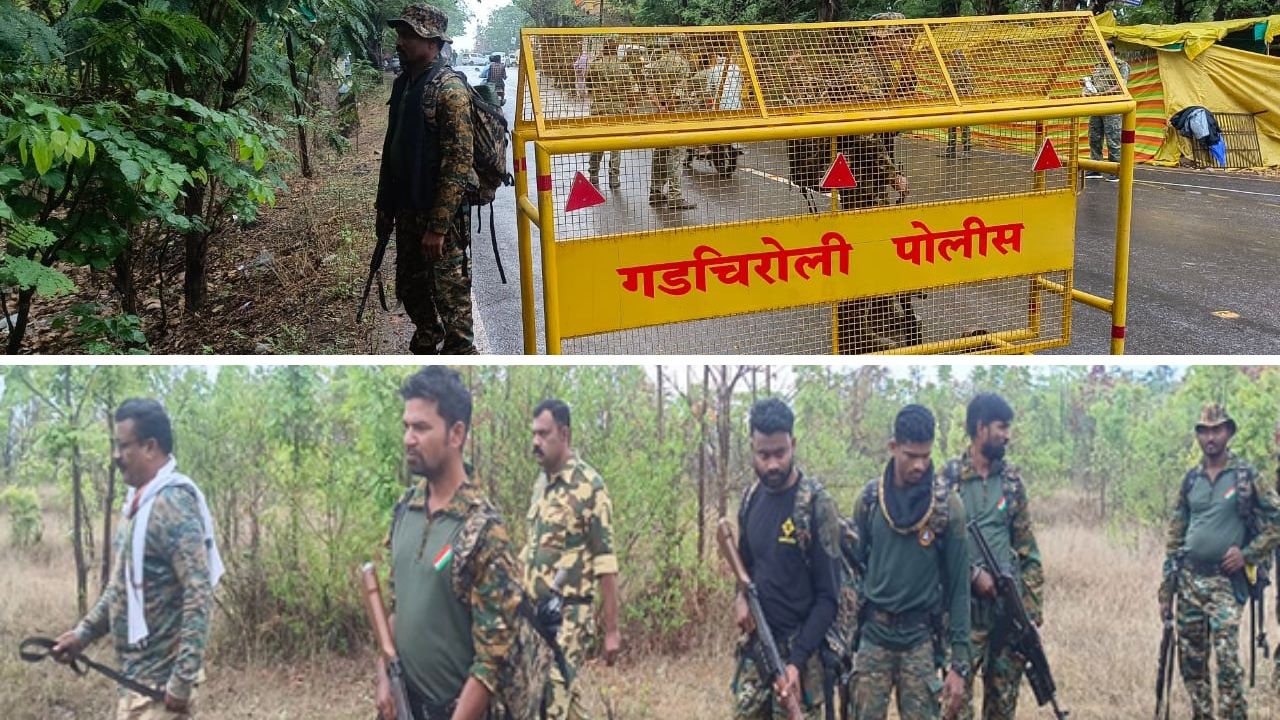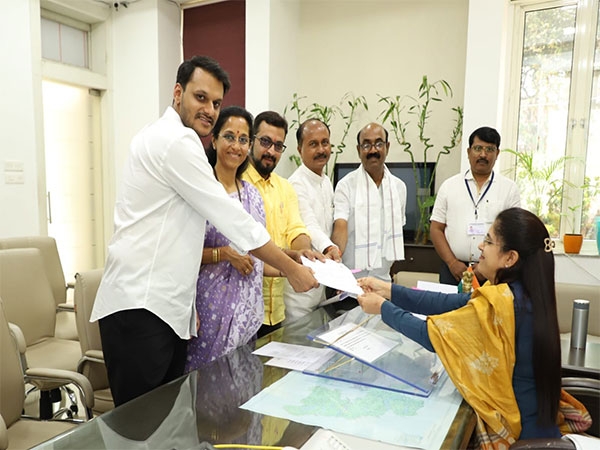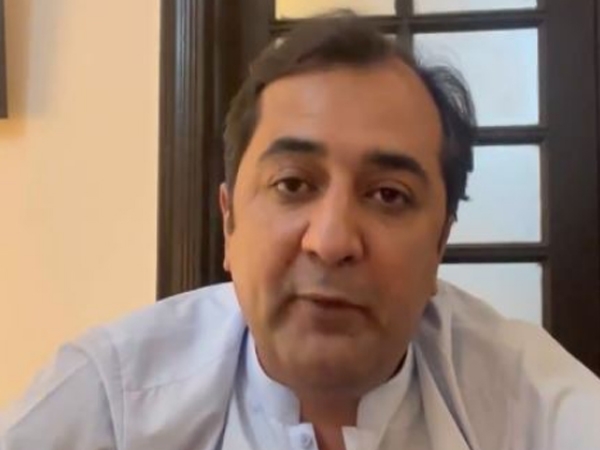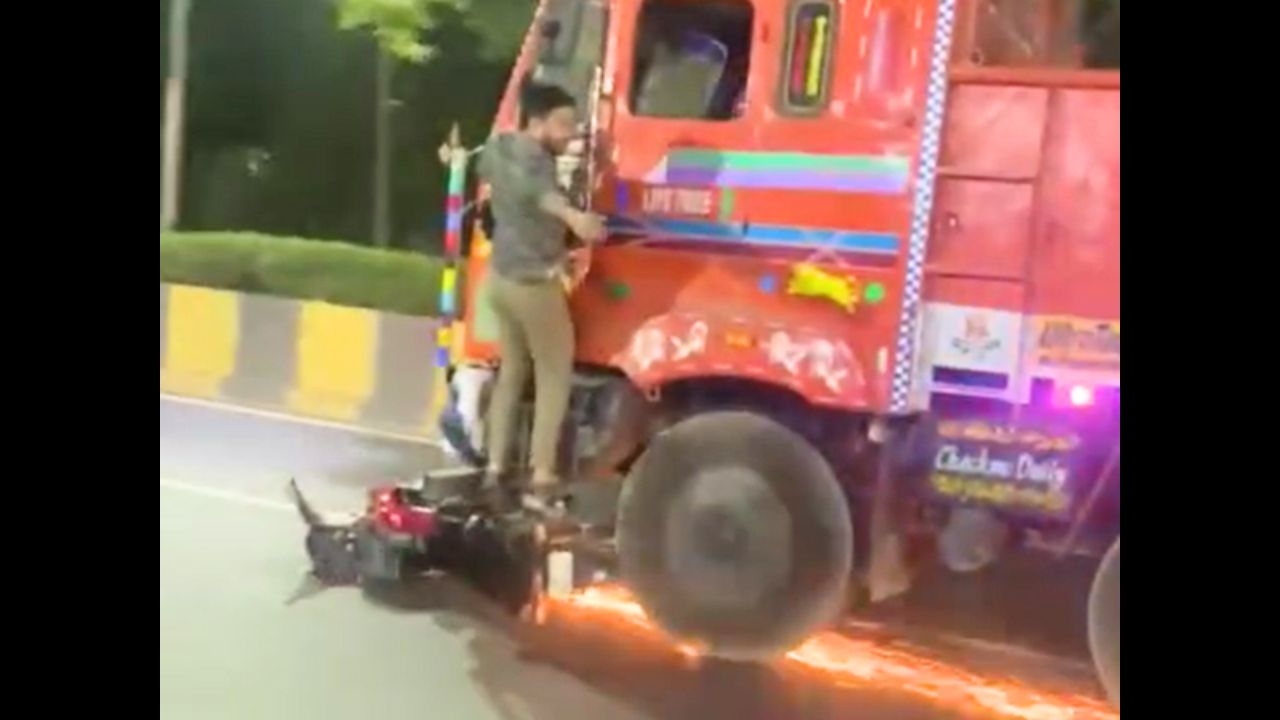Beginning next month: India's mine auction worth Rs 1 lakh crore

The biggest auction of national resources by the Indian government will begin next month. A record number of mineral blocks will be put under the hammer - 33 immediately and 80 more to follow - in the months to come.
Among these, the auction of 14 iron ore mines in August will be crucial. According to a senior official, if it goes well, state and central governments could be looking at amassing Rs 1 lakh crore by the end of this financial year.
This is a huge number and possibly one of the biggest sources of revenue to states and central government in the current financial year. It is comparable to the mega spectrum auction, which was approved by the Union Cabinet last month, is expected to fetch the exhequer Rs 5.66 lakh crore.
The Ministry of Mines plans to put 33 mines consisting minerals such as iron ore, gold, tungsten, bauxite, limestone, copper under the hammer immediately.
The ministry is busy testing its online auction applications and talking to governments of the states to be involved in the auctions, sources said.
"The former minister of mines recently chaired a meeting with mining ministers from all the states to discuss preparedness for e-auction of major mineral blocks, management of district mineral foundations (DMF), National Mineral Exploration Trust (NMET), effective ways of curbing illegal mining, adoption of IT for mineral administration," said the official.
The Union government is being extra cautious this time because the recent auction of minerals it just conducted did not go very well.
The last auction government conducted was nine months ago. It had open bids for 47 mines from 12 states but only seven blocks had eventually found buyers. Mines in states such as Gujarat, Madhya Pradesh, Rajasthan, Gujarat and Maharashtra did not find a single buyer.
The ones that were sold have given good revenues to the Centre and are likely to keep yielding revenues for the state government.
Auction of these seven mines earned the government a revenue of Rs 18,490 crore. One of the mines of this lot was an iron ore mine in Odisha won by Essar Group promoted by the Ruias. The revenues for the state from this mine are an estimated Rs 11,328 crore for over 50 years.
"The results of the auction we just conducted may not have been as good we expected but we've put in even more effort for the upcoming auctions this time. In a big way it all depends on how well we do in the iron-ore mine block auctions in Karnataka next month. This will help us earn revenues and meet targets as well," said a senior ministry officer.
The Narendra Modi government wants India's iron ore production to meet the rapidly rising demands of the domestic steel industry. A lukewarm response to iron ore production now could affect long-term production too.
Steel manufacturers in India are expected to demand 500 million tonnes of ore annually by 2025, when India's output of the alloy is expected to increase to only 300 million tonne. To meet this demand, the Centre set an ambitious target for the country's largest iron ore producer, the state-run National Mineral Development Corp (NMDC).
The government wants NMDC to produce at least 100 million tonne per year by 2020-21, up from the less than 40 million tonne currently.
India produced 169 million tonne iron ore in 2011-12 and 137 million tonne in 2012-13, according to government data. The consumption in the same years were 101 million tonne and 103 million tonne. The country mined about 155 MT of the ore last financial year, up from 129 MT preceding year.



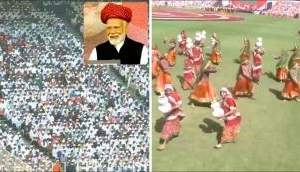


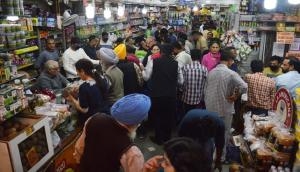
![BJP's Kapil Mishra recreates Shankar Mahadevan’s ‘Breathless’ song to highlight Delhi pollution [WATCH] BJP's Kapil Mishra recreates Shankar Mahadevan’s ‘Breathless’ song to highlight Delhi pollution [WATCH]](http://images.catchnews.com/upload/2022/11/03/kapil-mishra_240884_300x172.png)

![Anupam Kher shares pictures of his toned body on 67th birthday [MUST SEE] Anupam Kher shares pictures of his toned body on 67th birthday [MUST SEE]](http://images.catchnews.com/upload/2022/03/07/Anupam_kher_231145_300x172.jpg)


